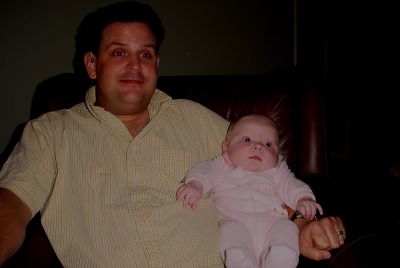
For Bell Labs, two heads are better than one when it comes to researching the ways people locate the direction of sound. Practical results of the "double dome" research — the improvement of stereophonic radio and TV programs — are transmitted nationwide over telephone facilities. In the experiments, two microphones in the ears of the dummy, "Oscar II," were substituted for human ears. Oscar's head reproduced the "shadowing" of sound by a human head. Persons participating in the tests — such as Mary Lou Hartig, shown — wore the extra head so that motions of their heads would be reproduced, for even very small movements influencing hearing. The natural sounds received in each microphone were altered electronically by acoustics scientist R.L. Hanson, and were delivered to the earphones. Listeners were asked to point to the apparent direction of the altered sound. Normally, the ear that is closer to a sound hears it earlier and louder than the other ear. Murray Hill, N.J., 1961.
